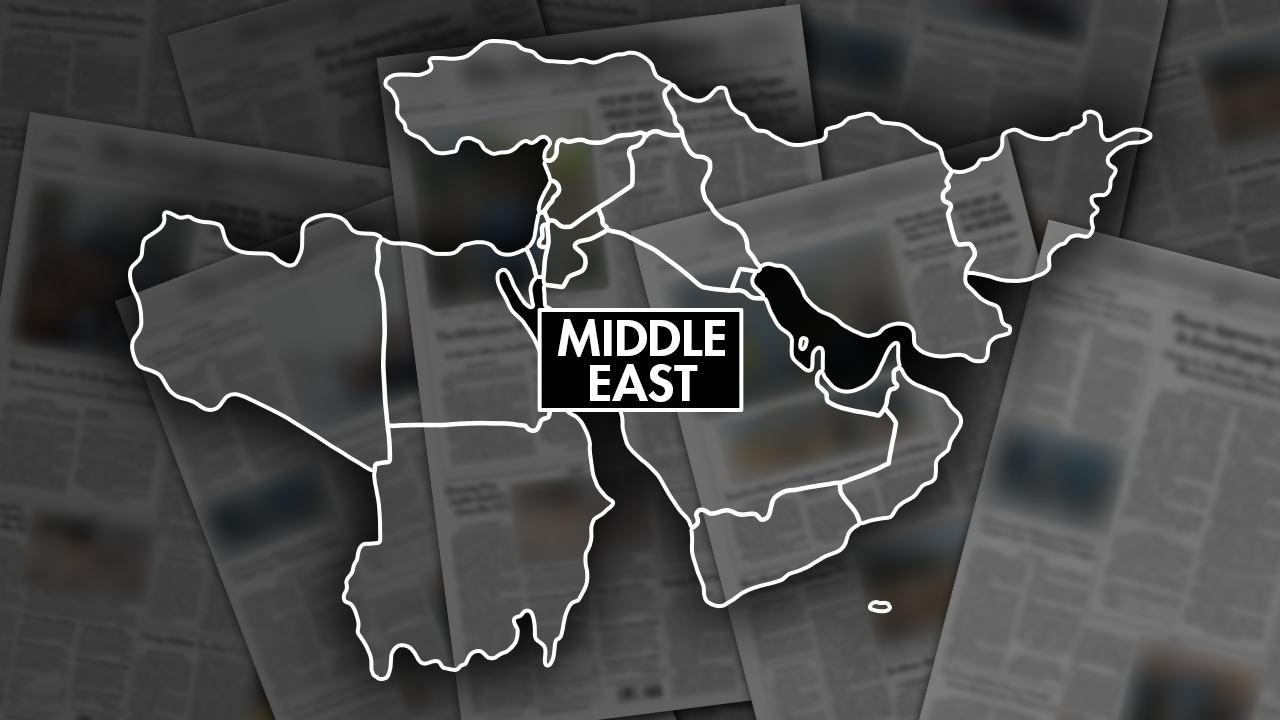Express News Service
In 1903, Russian schoolteacher and mathematician Konstantin Tsiolkovsky penned an article titled: “Exploration of Cosmic Space by Means of Reaction Devices”, bringing the principles of spaceflight into prominence. His vision to float away into the cosmic unknown, for exploration and science, has come a long way over the last hundred years. Alongside cutting-edge rocket propulsion technologies and state-of-the art spacecraft, in the form of satellites, shuttles, modules, capsules, space stations, landers, probes, and rovers, the ability to remotely track, communicate with and control space infrastructure in the farthest reaches of the universe, has been the singular achievement towards space exploration. As space vehicles traverse farther and farther away from the Earth’s sphere of influence, Telemetry, Tracking and Command (TTC) has become more and more advanced.
The European Space Agency (ESA) defines TTC as “the downlinked platform data giving details of a satellite’s status, determination of its location through tracking ranging signals, and the uplinked commands given to the platform. This includes both crewed spacecraft as well as autonomous satellites”. In short, it is a collection of measurements and onboard instrument readings required to ascertain the health and status of a space vehicle’s subsystems. The TTC subsystem collects, processes, and transmits this data from the satellite to the ground, which are received by specialised antennae in real time.
In 1963, NASA set up its Deep Space Network — a worldwide network of American spacecraft communication ground segment facilities — located across the US, Spain, and Australia, supporting the space agency’s interplanetary spacecraft missions.
ISTRAC’s roleISRO scientists oversee missions from launch and beyond from the mission control room in Bengaluru. The ISRO Telemetry, Tracking and Command Network (ISTRAC) centre at Peenya Industrial Area provides tracking support for all its satellite and other launch missions, including watching mission status, while also maintaining health of the hardware and troubleshooting. The major objectives of the ISTRAC centre are, carrying out mission operations of all operational remote sensing and scientific satellites, providing TTC services from launch vehicle lift-off till injection into orbit, and to estimate preliminary orbit in space and hardware and software developmental activities that enhance capabilities of ISTRAC for providing flawless TTC and mission operation services. Accordingly, ISTRAC has established a network of ground stations at Bengaluru, Lucknow, Sriharikota, Port Blair, Thiruvananthapuram, Mauritius, Brunei, Biak (Indonesia), and a host of Deep Space Network stations.
In tune with its TTC support responsibility, “ISTRAC has also been mandated to provide space operations support for ISRO’s deep space missions (including Mangalyaan) and undertake development of radar systems for launch vehicle tracking and meteorological applications, establish and operationalise the ground segment for Indian Regional Navigational Satellite System, provide Search & Rescue and disaster management mervices and support space based services like telemedicine, Village Resource Centre (VRC) and tele-education”, says the Indian space agency. TTC’s role becomes more integral as we push the boundaries of spacefaring.
In 1903, Russian schoolteacher and mathematician Konstantin Tsiolkovsky penned an article titled: “Exploration of Cosmic Space by Means of Reaction Devices”, bringing the principles of spaceflight into prominence. His vision to float away into the cosmic unknown, for exploration and science, has come a long way over the last hundred years. Alongside cutting-edge rocket propulsion technologies and state-of-the art spacecraft, in the form of satellites, shuttles, modules, capsules, space stations, landers, probes, and rovers, the ability to remotely track, communicate with and control space infrastructure in the farthest reaches of the universe, has been the singular achievement towards space exploration. As space vehicles traverse farther and farther away from the Earth’s sphere of influence, Telemetry, Tracking and Command (TTC) has become more and more advanced.
The European Space Agency (ESA) defines TTC as “the downlinked platform data giving details of a satellite’s status, determination of its location through tracking ranging signals, and the uplinked commands given to the platform. This includes both crewed spacecraft as well as autonomous satellites”. In short, it is a collection of measurements and onboard instrument readings required to ascertain the health and status of a space vehicle’s subsystems. The TTC subsystem collects, processes, and transmits this data from the satellite to the ground, which are received by specialised antennae in real time.
In 1963, NASA set up its Deep Space Network — a worldwide network of American spacecraft communication ground segment facilities — located across the US, Spain, and Australia, supporting the space agency’s interplanetary spacecraft missions. googletag.cmd.push(function() {googletag.display(‘div-gpt-ad-8052921-2’); });
ISTRAC’s role
ISRO scientists oversee missions from launch and beyond from the mission control room in Bengaluru. The ISRO Telemetry, Tracking and Command Network (ISTRAC) centre at Peenya Industrial Area provides tracking support for all its satellite and other launch missions, including watching mission status, while also maintaining health of the hardware and troubleshooting. The major objectives of the ISTRAC centre are, carrying out mission operations of all operational remote sensing and scientific satellites, providing TTC services from launch vehicle lift-off till injection into orbit, and to estimate preliminary orbit in space and hardware and software developmental activities that enhance capabilities of ISTRAC for providing flawless TTC and mission operation services. Accordingly, ISTRAC has established a network of ground stations at Bengaluru, Lucknow, Sriharikota, Port Blair, Thiruvananthapuram, Mauritius, Brunei, Biak (Indonesia), and a host of Deep Space Network stations.
In tune with its TTC support responsibility, “ISTRAC has also been mandated to provide space operations support for ISRO’s deep space missions (including Mangalyaan) and undertake development of radar systems for launch vehicle tracking and meteorological applications, establish and operationalise the ground segment for Indian Regional Navigational Satellite System, provide Search & Rescue and disaster management mervices and support space based services like telemedicine, Village Resource Centre (VRC) and tele-education”, says the Indian space agency. TTC’s role becomes more integral as we push the boundaries of spacefaring.




